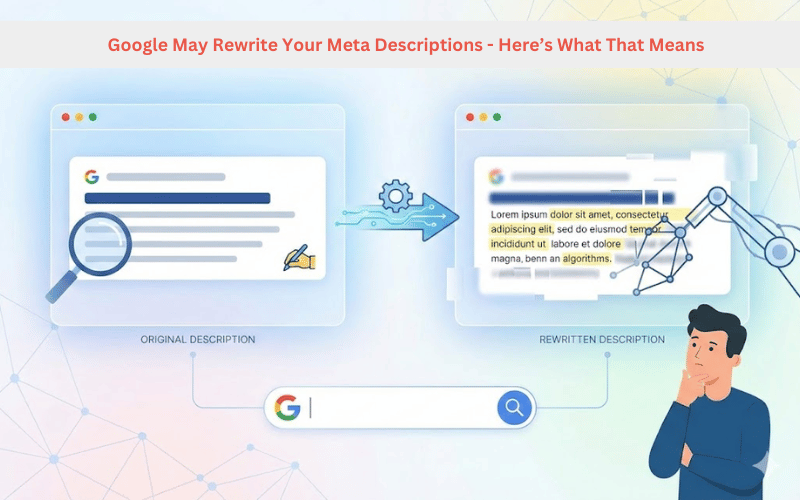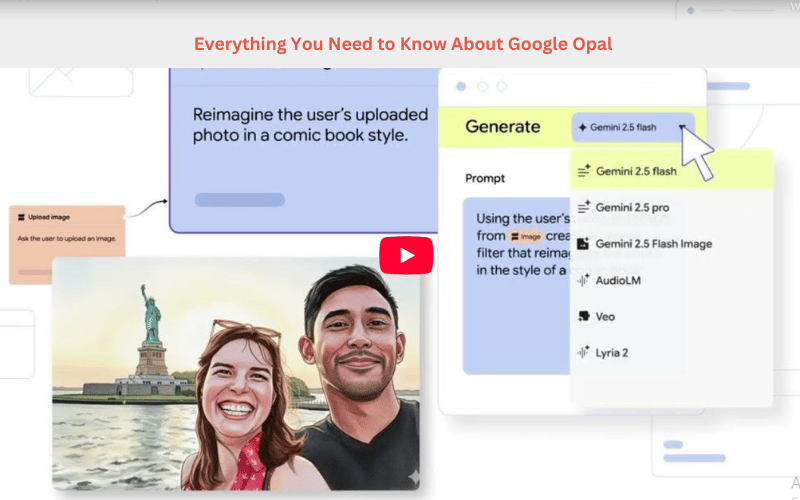With the rise of AI-powered technologies like ChatGPT, how consumers search for and interact with products has significantly transformed. As more users turn to AI for product discovery and shopping advice, understanding how to rank product listings on ChatGPT is becoming more and more essential for businesses and digital marketers. In this article, we will explore how to optimize product listings for ChatGPT search, leveraging AI to reach potential customers efficiently.
Understanding ChatGPT’s Search Engine
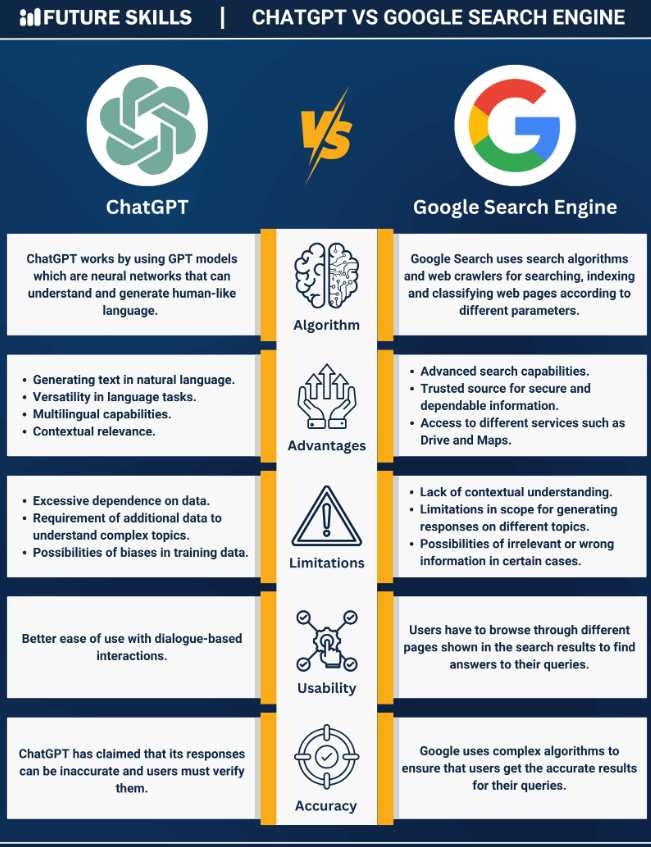
ChatGPT’s search capabilities have evolved beyond simple conversation. The AI model can now assist users in making informed shopping decisions by providing product recommendations based on their queries. While ChatGPT’s primary function remains answering questions and engaging in dialogue, integrating shopping-related queries has made it a key tool for marketers aiming to improve product visibility.
ChatGPT Engine: A New Search Paradigm
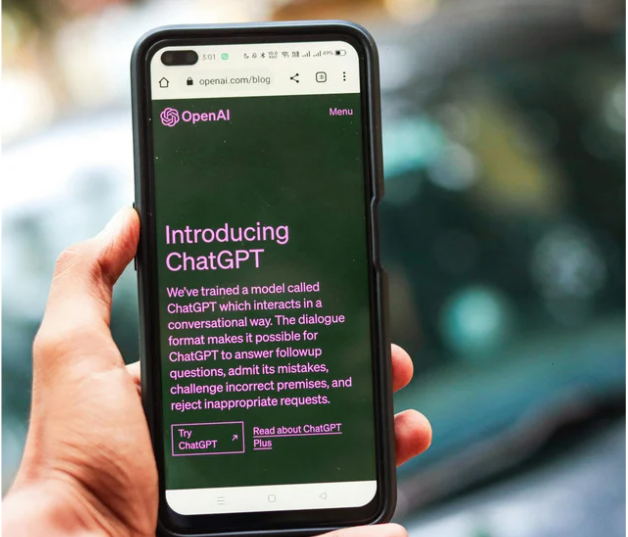
Unlike traditional search engines, ChatGPT does not only display a list of websites. It provides answers and product suggestions directly in the conversation, offering a more personalized experience. This unique search mechanism means businesses must adapt their SEO strategies to include conversational search optimization. When running an e-commerce business or offering products, it is vital to ensure that listings are not only discoverable but also engaging in a conversational context.
How ChatGPT Ranks Shopping Products
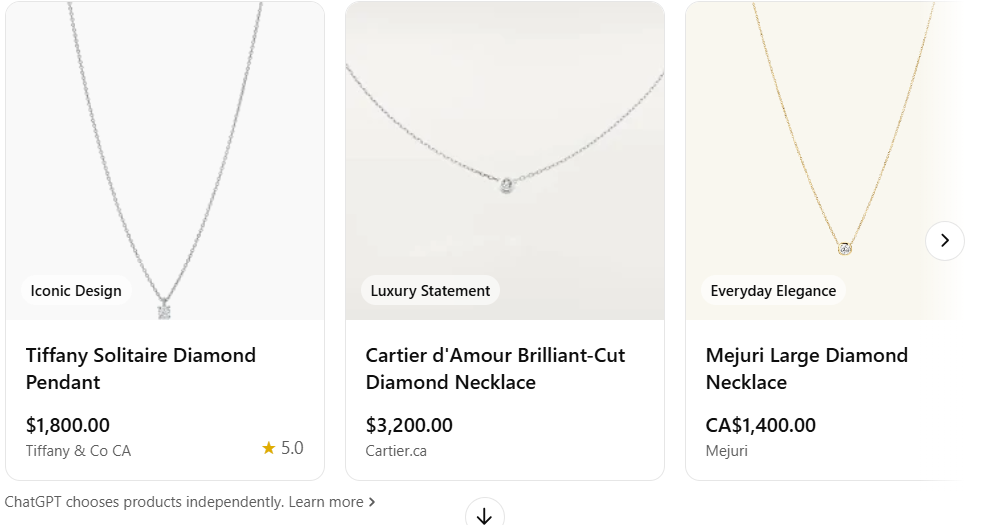
Regarding ranking products, ChatGPT uses a combination of factors, similar to traditional SEO but with an AI-driven twist. These factors include product relevance, user intent, and conversational context. While exact algorithms are proprietary to OpenAI, there are general best practices to follow to increase the chances of products being featured in ChatGPT’s search results.
1. Optimize Product Listings for ChatGPT Search
For a product to rank well in ChatGPT, its listing must be optimized with clear, concise, and relevant information. The following will help ensure listings are AI-friendly:
- Title Optimization: Make sure product titles are descriptive and clear, using keywords that reflect what users are likely to search for. Avoid overly complex jargon and focus on the key selling points.
- Detailed Descriptions: ChatGPT’s conversational model values comprehensive and informative content. Product descriptions should be thorough, explaining the features, benefits, and any other details that can help users make purchasing decisions.
- Accurate Categorization: Categorize products correctly to ensure they appear in relevant searches. Whether its home appliances, fashion, or electronics, proper categorization helps ChatGPT match listings with the correct queries.
- User Reviews and Ratings: Incorporating user reviews and ratings into product listings can make a huge difference. These elements not only provide social proof but also align with the type of content ChatGPT might present in response to product recommendations.
2. Use Conversational Keywords
ChatGPT thrives on conversational language. It is essential to optimize product listings and content with conversational keywords that users might employ in a natural dialogue. Think about the questions a potential customer might ask, such as:
- “What is the best laptop for gaming?”
- “Can I find eco-friendly home decor?”
- “What are the top-rated skincare products for sensitive skin?”
By understanding the common phrases and questions that buyers are likely to ask, it will be easier to tailor product descriptions to match these queries. This makes it more likely that ChatGPT will pull product listing when responding to similar questions.
3. Create High-Quality Content Around Your Products
Beyond the product listing itself, creating high-quality content that complements products is essential. This could include blog posts, videos, how-to guides, and FAQs. The more relevant the content produced, the better ChatGPT can understand the products and their value.
For example, if selling kitchen gadgets, creating a recipe blog or a video demonstrating the use of the products can help provide valuable context for ChatGPT. The model can then suggest the product when a user is looking for similar kitchen tools or cooking tips.
How ChatGPT Can Rank Products Like a Search Engine
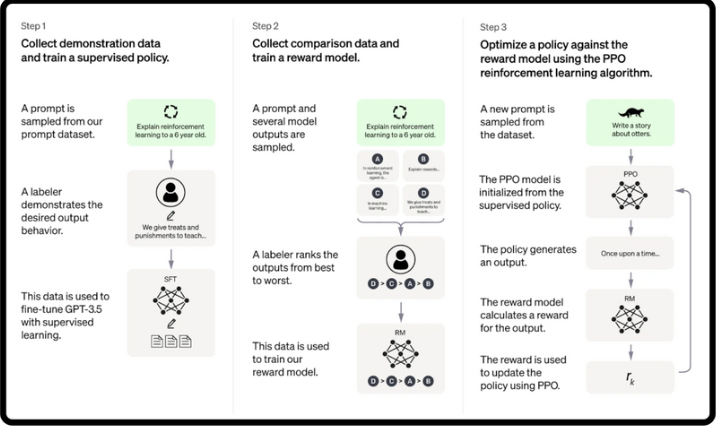
ChatGPT does not operate like traditional search engines, but it still uses principles of ranking and relevance. To place product listings in front of users, they must align with the types of queries ChatGPT is likely to handle.
Here is how to enhance a product’s visibility:
- Incorporate Structured Data: Using structured data markup (like Schema.org) on product pages can help search engines (and ChatGPT) understand the key details of the products, such as price, availability, and specifications.
- Leverage AI Web Ranker Tools: Tools designed to help with AI ranking can provide valuable insights into optimizing listings. These tools can analyze content and offer suggestions for improving a product’s visibility in AI-powered search results.
- Stay Updated on ChatGPT’s Search Features: OpenAI continuously updates its models and search capabilities. Keeping track of these changes ensures product listings remain optimized for the latest algorithms.
Leveraging ChatGPT for Shopping Recommendations
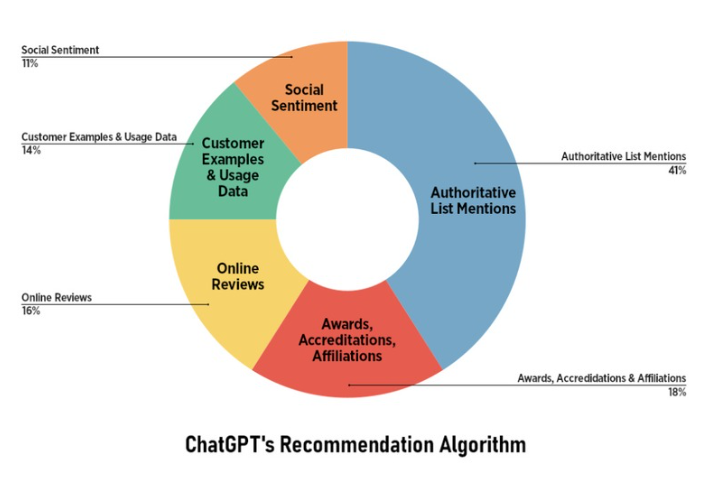
To get the most out of ChatGPT as a shopping tool, businesses must think beyond product listing optimization and focus on customer engagement through AI. ChatGPT is capable of learning and understanding user preferences, so building a strong AI profile of products can result in more accurate product recommendations.
For example, for businesses operating a digital marketing agency in Montreal, showcasing how their services have benefited local businesses could make their service more discoverable when users in Montreal search for marketing-related advice or services. Demonstrating relevance through user testimonials and specific outcomes (like ROI) can help enhance the chance of a business being recommended by ChatGPT.
What ChatGPT Model Can Purchase Things for A Business?
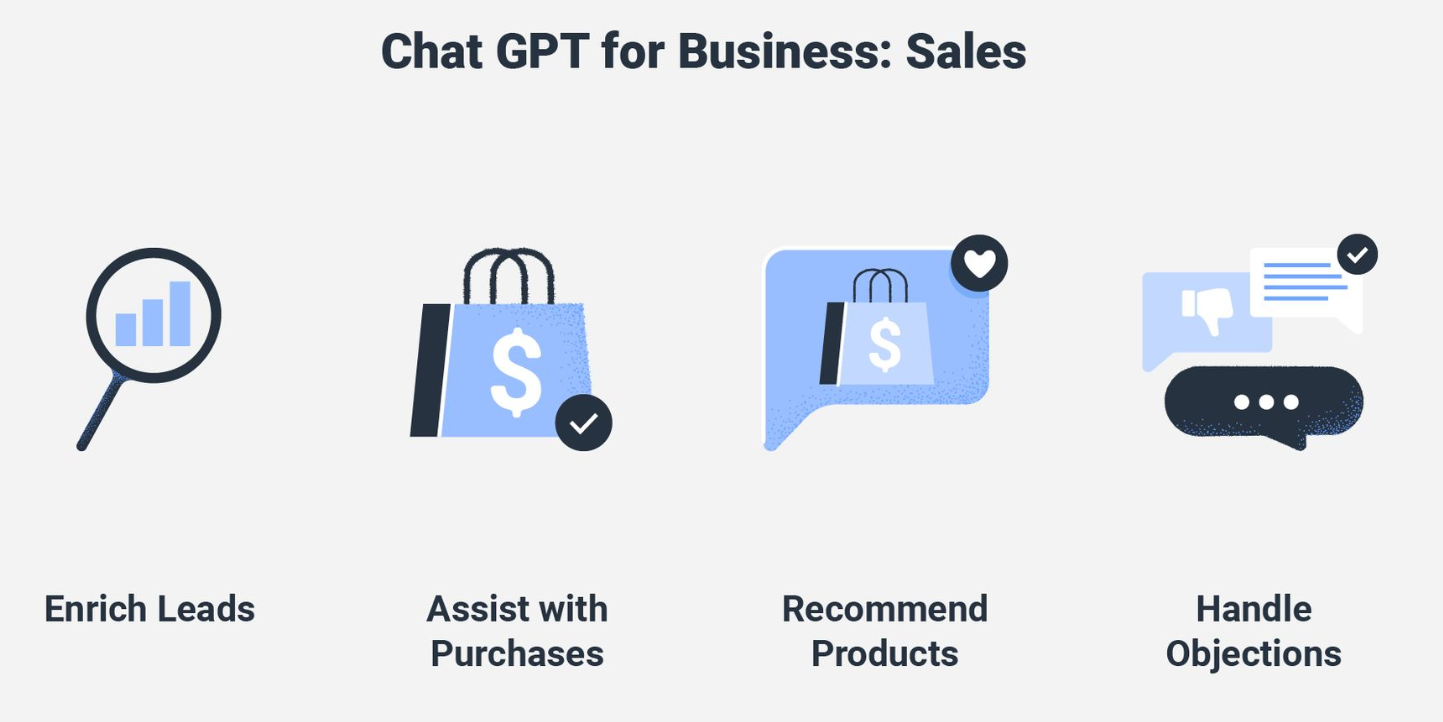
While ChatGPT itself does not make purchases on behalf of users, it can guide them to relevant online stores where they can buy products. Future iterations of ChatGPT might offer direct purchasing features, but for now, businesses must focus on visibility and conversion optimization within the search-driven AI ecosystem.
By understanding how ChatGPT handles shopping queries, businesses can enhance the chances of their product being recommended when users ask for purchasing advice.
Final Thoughts: The Future of Product Listings on ChatGPT
As AI-driven search engines like ChatGPT continue to evolve, optimizing product listings for these platforms becomes increasingly important. Whether running an eCommerce business or promoting a SEO services company in Montreal, ensuring product listings are optimized for conversational AI will help stand out in an ever-competitive digital landscape.
By focusing on clear, descriptive content, understanding user intent, and utilizing AI-specific tools like an AI web ranker, businesses can position themselves for success in ChatGPT’s new shopping ecosystem. Keep an eye on advancements in AI and adapt marketing strategies accordingly to maintain and enhance your product visibility.
Through careful optimization, businesses can increase their chances of ranking well in ChatGPT, ensuring their products reach the right customers at the right time.







